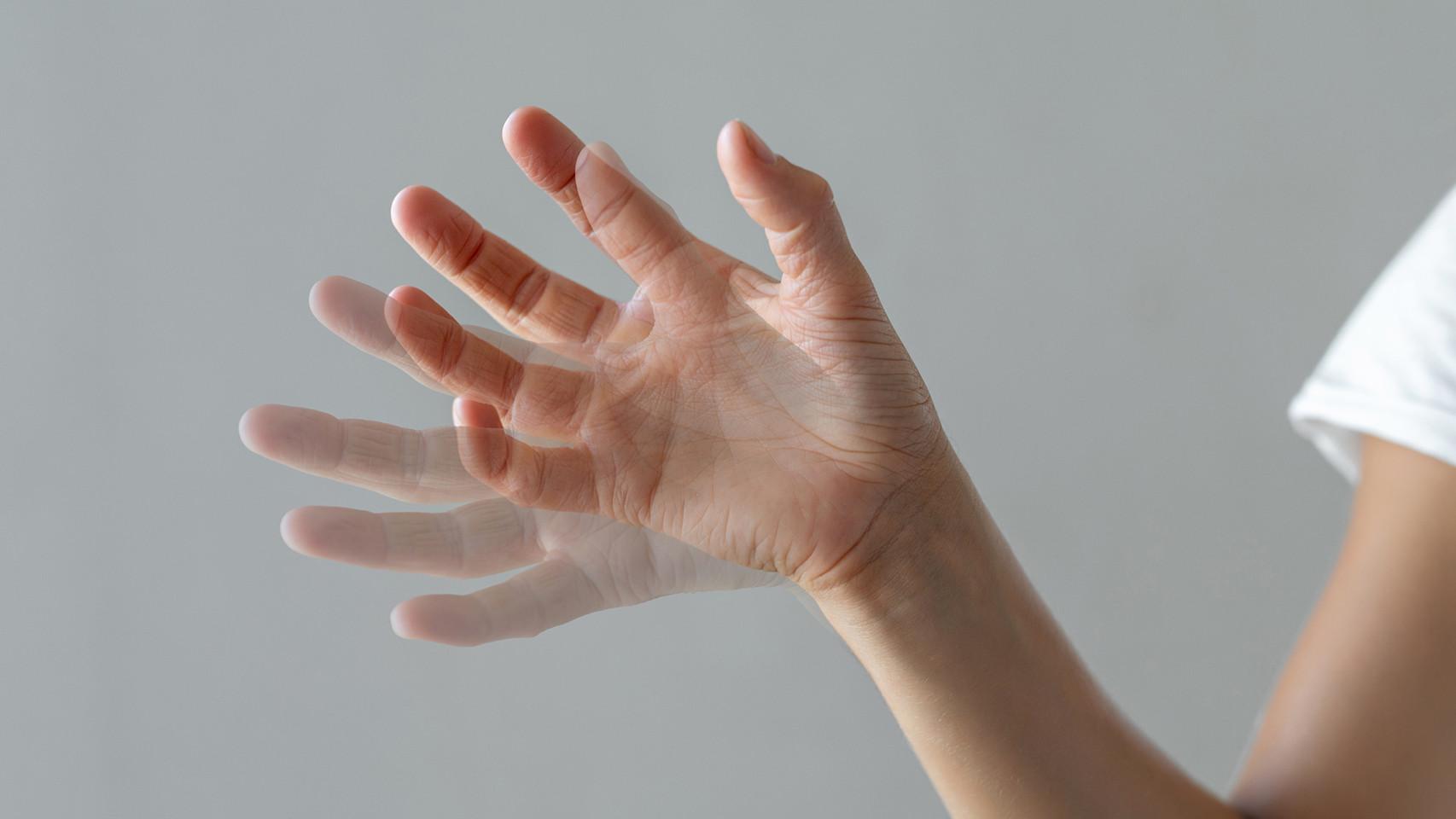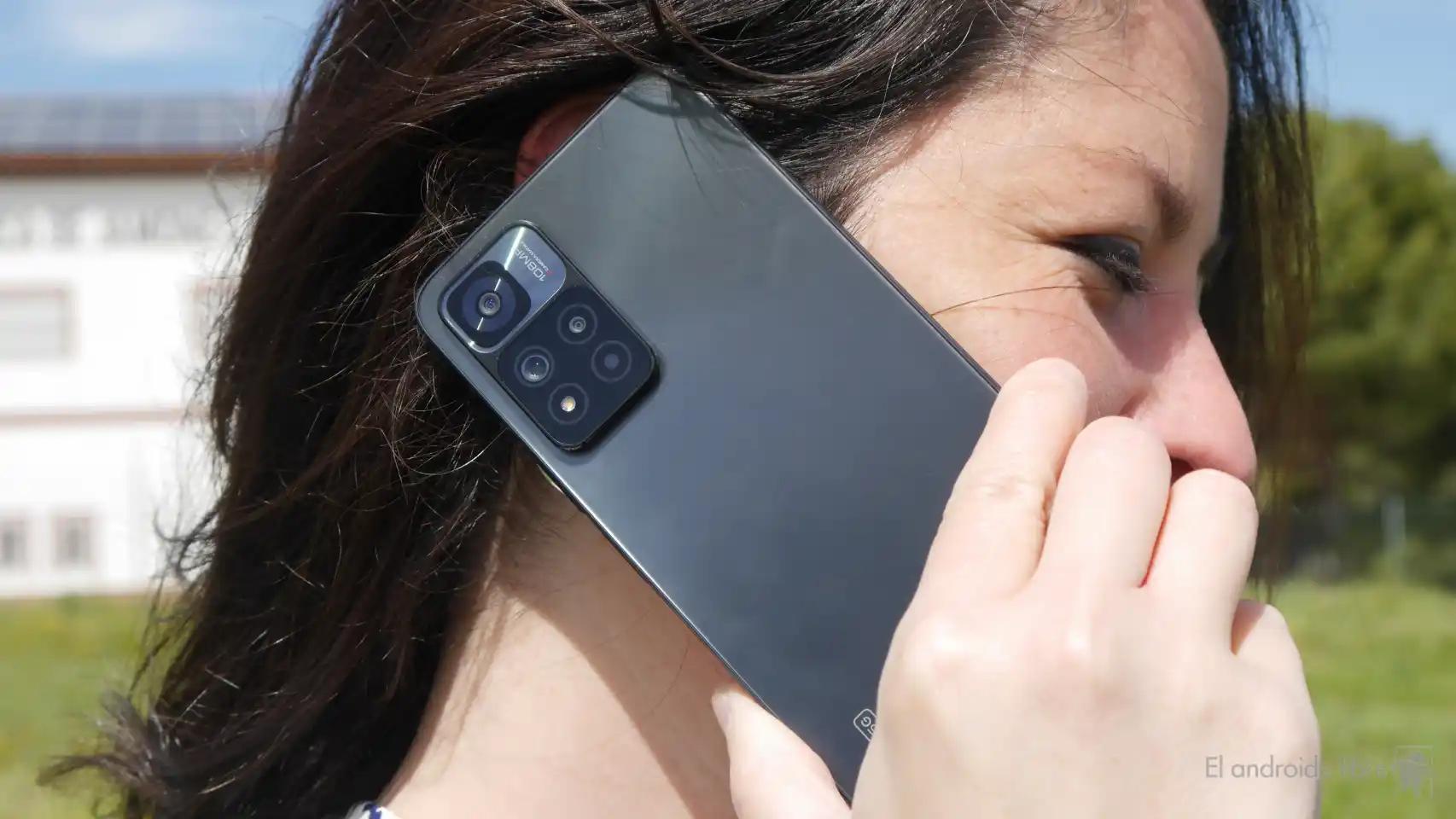The first symptoms of Parkinson’s disease allow us to anticipate a major epidemic of this disease, but there are smart watches, such as the same from Samsung or those from Fitbit, capable of identifying other ailments such as an irregular heartbeat . In other words, they become an indispensable tool for knowing the state of health and even help diagnose conditions such as Parkinson’s disease.
The UK Dementia Research Institute team at Cardiff University used artificial intelligence to analyze data from 103,712 smartwatch users. By recording the speed of their movements in a single week, between 2013 and 2016, it was possible to predict who would develop Parkinson’s disease.
Indeed, the use of smartwatches would be worth being a visualization tool that offers the relevant data to alert the user or the person. But it is that there are more studies that have compared these results with other data collected from all over the planet. especially to check how accurate is a smartwatch to offer the vital data for quick action.
A cheap and accurate way
According to the review natural medicine, the brains of people with Parkinson’s disease become damaged over the years. Symptoms include involuntary tremors, slow movement and stiff muscles and inflexible. In fact, last year a new symptom was discovered which announces that this disease can be seriously suffered for years.
The technology is even helping to diagnose it with a device in the form of a WiFi router that uses artificial intelligence to “read” a person’s breathing patterns. What happens is that the diagnosis of this disease usually comes late when the damage is already irreversible to the brain cells. That’s where this new study comes in which claims that with 30% of the UK population using smartwatches, they have access to an inexpensive and reliable way to identify Parkinson’s disease
parkinsonian
free android
Study leader Dr. Cynthia Sandor says data entered for a single week is able to predict events up to 7 years in the future. With these results, a visualization tool could be developed for the early detection of Parkinson’s disease. The implications are significant, both for research and for clinical practice by allowing patients access treatment at an early stage
The study, according to BBCused UK Biobank Data with a database of over half a million people. Dr Kathryn Peall, who worked on the study, told BBC News that this method appears to be clarifies and distinguishes Parkinson’s disease from other diseases linked to movement, such as the person’s age or fragility.
to pretend that compared their model to other different disorders These include other types of neurodegenerative disorders, people with osteoarthritis and others related to the movement of the person, to clarify that the data obtained from people diagnosed with Parkinson’s disease were different. Whether people should be told they have Parkinson’s disease, even years before symptoms develop, “will always remain an individual and personal choice,” as Peall claims.
You may be interested
Follow the topics that interest you








